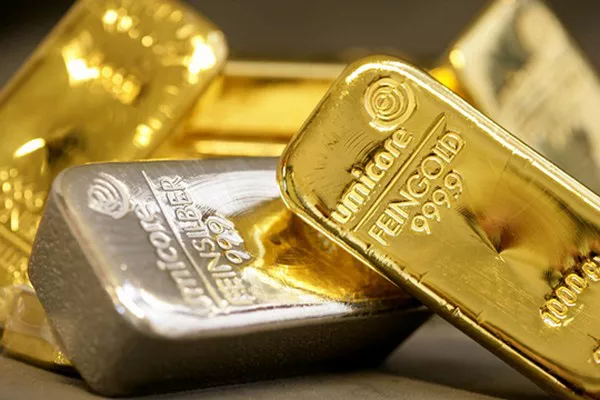Silver is a highly valued precious metal used in jewelry, tableware, and various other applications. However, with the prevalence of counterfeit and silver-plated items in the market, it’s crucial for consumers to be able to distinguish between real silver and imitations. Testing silver ensures authenticity and helps safeguard against purchasing counterfeit or misrepresented items. In this guide, we will explore various methods for testing silver, ranging from visual inspections to chemical tests and professional testing methods.
Visual Inspection
One of the first steps in testing silver is a visual inspection. Genuine silver items often bear hallmarks, stamps, or other markings that indicate their purity and authenticity. Common marks include “925” for sterling silver, “800” for coin silver, or the manufacturer’s hallmark. These markings are typically located in inconspicuous areas such as the back of jewelry or the underside of silverware. Careful examination under good lighting can reveal these marks, providing initial clues to the silver’s authenticity.
Physical Tests
Several physical tests can help determine the authenticity of silver items.
Magnet Test
Silver is not magnetic, so using a magnet can help identify non-silver items. Simply hold a magnet close to the item—if it’s attracted to the magnet, it likely contains ferrous metals and is not genuine silver.
Ice Cube Test
Silver has high thermal conductivity, meaning it quickly transfers heat. To perform the ice cube test, place an ice cube on the surface of the item. Genuine silver will rapidly melt the ice due to its high thermal conductivity. If the ice melts slowly or not at all, the item may not be silver.
Sound Test
When struck, genuine silver produces a high-pitched ringing sound. To conduct the sound test, gently tap the item with a metal object such as a spoon. Authentic silver will emit a clear, ringing sound, while counterfeit items may produce a dull thud.
Chemical Tests
Chemical tests provide more definitive results but require caution and proper handling.
Acid Test
The acid test is a common method for determining silver purity. It involves applying a small drop of acid, typically nitric acid, to a discreet area of the item and observing the reaction. Genuine silver will exhibit a milky white reaction, while base metals or silver-plated items will produce a different color or no reaction at all. It’s essential to follow safety precautions when performing acid tests, including wearing protective gloves and eyewear, and working in a well-ventilated area.
Bleach Test
The bleach test involves applying a small amount of household bleach to the item and observing the reaction. Genuine silver will tarnish or turn black when exposed to bleach, while other metals may not react. However, it’s important to note that bleach can damage silver and should be used with caution.
Professional Testing Methods
For more accurate and sophisticated testing, professional methods such as X-ray fluorescence (XRF) testing can be employed. XRF testing analyzes the elemental composition of the item, providing precise information about its purity and authenticity. While these methods may require specialized equipment and expertise, they offer unparalleled accuracy and reliability.
Understanding Purity Marks
Silver items are often stamped with purity marks that indicate their silver content. The most common purity mark for sterling silver is “925,” which signifies that the item contains 92.5% pure silver. Other purity marks, such as “800” for coin silver, indicate different silver content levels. Understanding these marks can help consumers make informed purchasing decisions and ensure they’re getting genuine silver items.
Precautions and Tips
When performing silver tests at home, it’s essential to take precautions to ensure safety and accuracy. Always work in a well-ventilated area and wear appropriate protective gear, especially when handling acids or other chemicals. Additionally, use reliable testing kits and follow the instructions carefully to avoid damaging the item or obtaining inaccurate results. If unsure or uncomfortable performing tests at home, consider seeking professional appraisal from a reputable jeweler or precious metals expert.
SEE ALSO Where Is Silver Found In The World
Conclusion
Testing silver is a crucial step in verifying its authenticity and ensuring value for consumers. By employing visual inspections, physical tests, chemical tests, and professional testing methods, consumers can confidently identify genuine silver items and avoid counterfeit or misrepresented products. However, it’s important to exercise caution and follow safety protocols when performing tests at home, and consider seeking professional appraisal for valuable or significant items. By taking these precautions, consumers can make informed purchasing decisions and safeguard their investments in silver.


